Galaxy
Latest
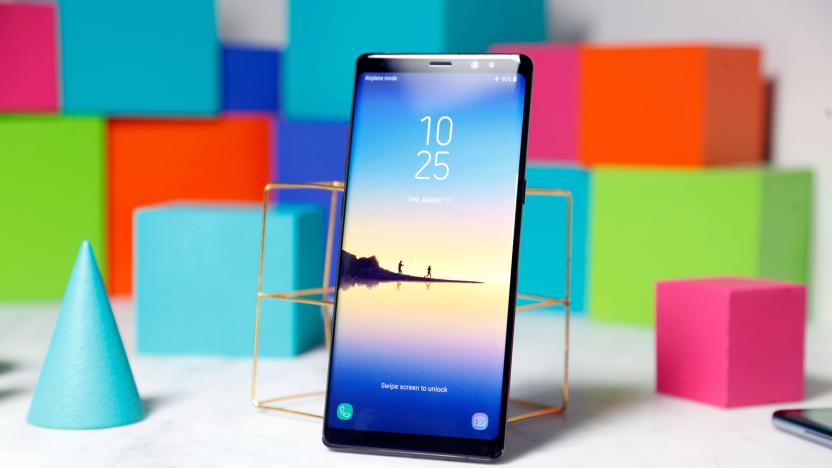
Samsung details safety measures for the Note 8 battery
Samsung is well aware that it's facing an uphill battle with the Note 8 -- specifically, with its battery following last year's fiery Note 7 debacle. As a way of rebuilding public trust, the company has been extremely stringent and rigorous in its safety tests. Watchdog group Underwriters Labs announced that it's been working with the Korean tech giant to ensure reliability for the Note 8's power supply.

Researchers discover one of the brightest galaxies ever seen
Scientists at the Instituto de Astrofisica de Canarias, a research institute in the Canary Islands, just discovered one of the brightest galaxies we've ever come across. It's around a thousand times brighter than our galaxy, has a very high rate of star formation and is 10 thousand million light years away.
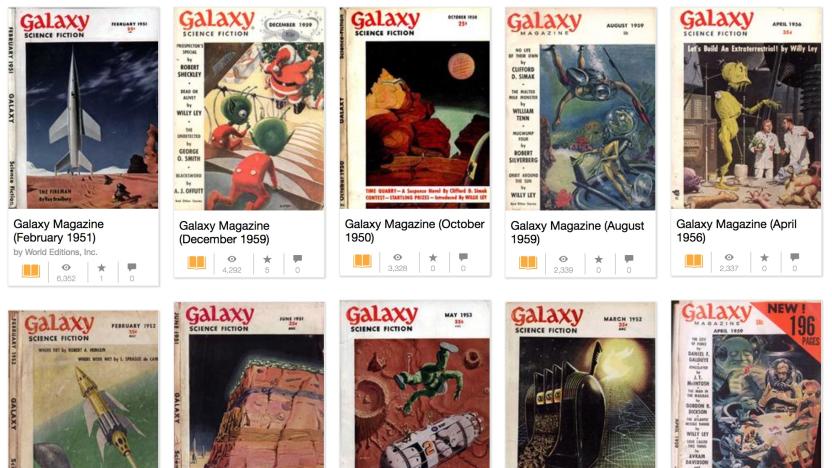
Seminal sci-fi magazine 'Galaxy' is now free online
The next time you watch a big blockbuster sci-fi film like Alien: Covenant, you can thank the original pulp magazines. The written form of the popular genre got its start in comic book-sized magazines like Amazing Stories, Astounding Science Fiction, Galaxy Science Fiction, The Magazine of Fantasy & Science Fiction and Isaac Asimov's Science Fiction Magazine. These publications, under the direction of influential editors like John W. Campbell, Jr., helped improve the genre from basic adventure stories to more thoughtful, well-written speculative fiction by authors like Robert Heinlein, Isaac Asimov, and Arthur C. Clarke. It's not an overstatement to say that these magazines created the current science fiction craze. Now, Galaxy Science Fiction, a magazine that published Ray Bradbury's "Fahrenheit 451" and Alfred Bester's "The Demolished Man," is available for free online.
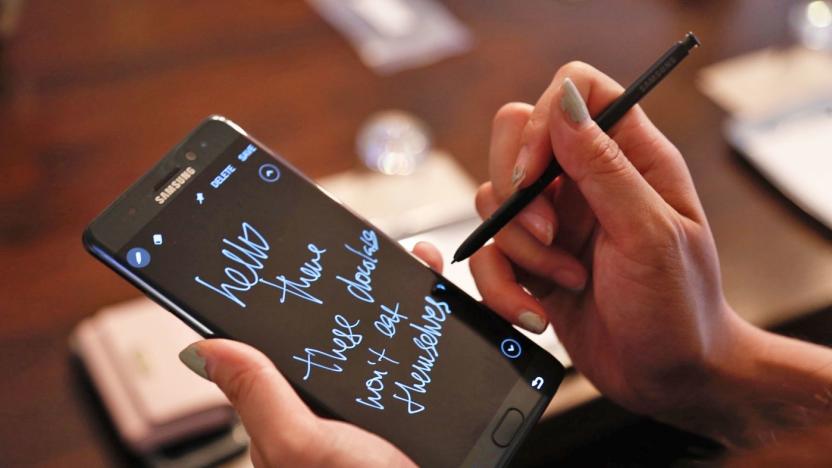
Samsung will reportedly release Note 7 ‘fandom’ edition soon
Samsung continues to deal with the fallout from its exploding Note 7 devices. The company has been sued for the problem, and has issued short-term fixes, apologies and a hurried recall to try and contain the damage to its brand. Apparently it's working, as the Galaxy S8 has gotten a record number of pre-orders despite the issues of its predecessor. Now Samsung is looking to sweeten Note 7 lovers up with the Galaxy Note 7 "Fandom Edition." According to the Wall Street Journal, this FE model will be a refurbished Note 7 with upgraded components.
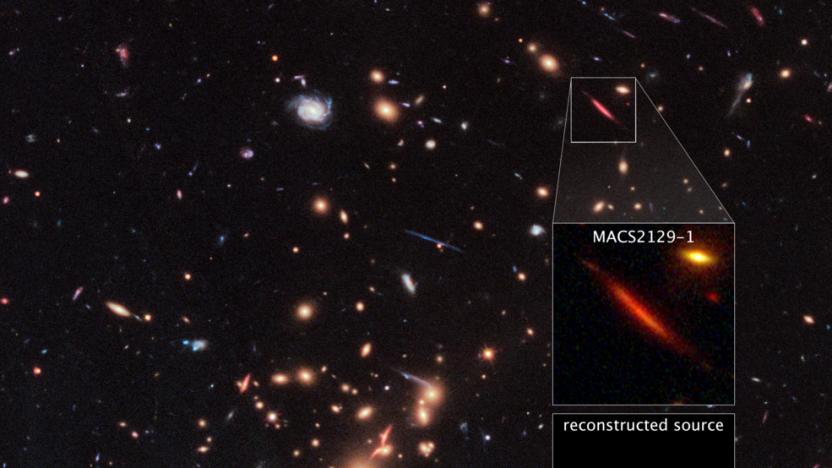
Current theories might be wrong about how a galaxy evolves
With the help of NASA's Hubble Space Telescope, researchers made a surprising discovery that goes against what we thought we knew about old galaxies and how they evolve. Our galaxy, the Milky Way, is a disk-shaped spiral galaxy. Typical of this shape of galaxy, the Milky Way's stars move around with predictable regularity and new stars are being formed throughout. From astronomers' observations, older galaxies that have stopped producing stars take on an elliptical shape with star motions that are unpredictable, different from the Milky Way and other younger galaxies.

WSJ: Bixby Voice won't debut on Galaxy S8 until late June
To hear Samsung's Galaxy S8 ad campaign tell it, the company's Bixby digital assistant was already fully featured and ready to go at the handset's launch. The reality is quite a bit different, however. Bixby Voice, the would-be competitor to Siri and Google Assistant apparently won't be available until late next month, somewhat narrowing the "later this spring" timeframe from April. Wall Street Journal reports that the cause for tardiness has to do with how the assistant comprehends English syntax and grammar. To be fair, that's a sore spot for pretty much every artificial intelligence system at the moment.

Unlocked versions of Samsung's Galaxy S8 are up for pre-order
Want one of Samsung's lithe new S8 handsets but want to pick your own carrier? Awesome, because pre-orders have opened for unlocked versions of the nigh-bezel-free phone. In our review, mobile editor Chris Velazco proposed that the devices could almost make you forget about Samsung's fiery news from last year.
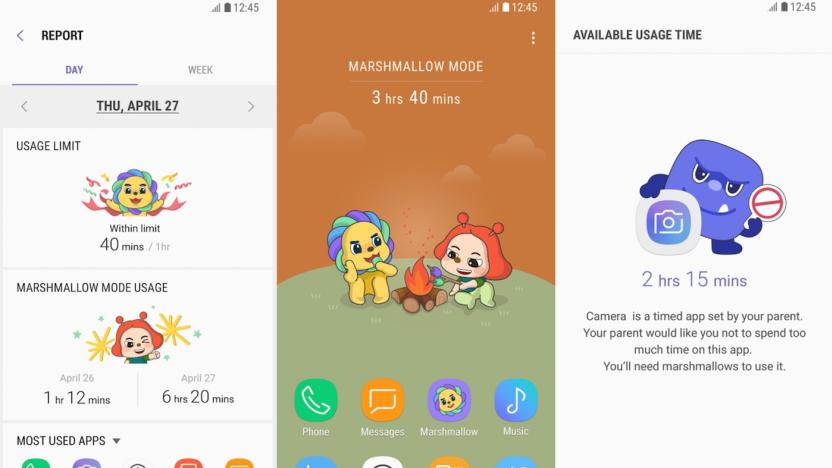
Samsung's latest app could help curb your kid's screen addiction
Samsung has an idea for how to encourage kids to use their devices responsibly. With its Marshmallow app (not the outdated version of Android), kids earn points by following their self-set usage plan. With the application installed and running, kids are limited to using eight apps, parents can filter which apps are and aren't appropriate and they can set a bed time for the phone as well.
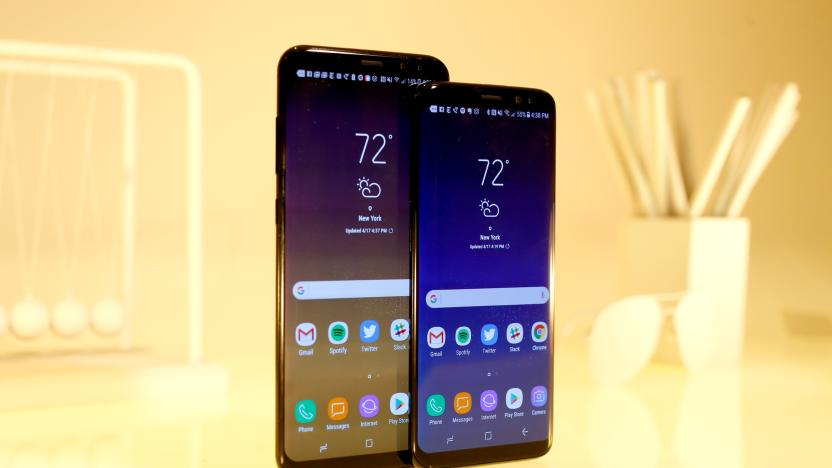
Samsung Galaxy S8 and S8 Plus review: Redemption is here
Last year's Galaxy S7 and S7 Edge were excellent phones, and so was the Galaxy Note 7... until it started bursting into flames. While some within Samsung were tasked with figuring out what happened and how to prevent it from happening again, others were trying to build a phone that would make people move on. Meet the new Galaxy S8 and S8 Plus. The Note 7 won't disappear so easily from our collective memory, but I have to hand it to Samsung: The S8 siblings are impeccably built, thoughtfully designed devices. It's not hard to look at these smartphones as the first steps on a road to redemption, and after a week of testing, I can confidently say these are two of the best smartphones money can buy. I just wish its virtual assistant wasn't so half-baked.

Samsung's 'unbox your phone' event gave us a phone that's still a box
Before Samsung unveiled the Galaxy S8 to the world, it teased the audience with a device that would break the conventions of the traditional smartphone. The event's pre-roll animation showed an enormous 1980s brick phone morphing into a 1990s-era flip phone, which in turn evolved into a modern smartphone. That device then exploded beyond its frame and summoned the event's tagline: Unbox your phone. When the event started, however, Samsung didn't reveal a revolution in smartphone design -- it showed the world another glass slab with a gorgeously large touchscreen. Except this one has smaller bezels.
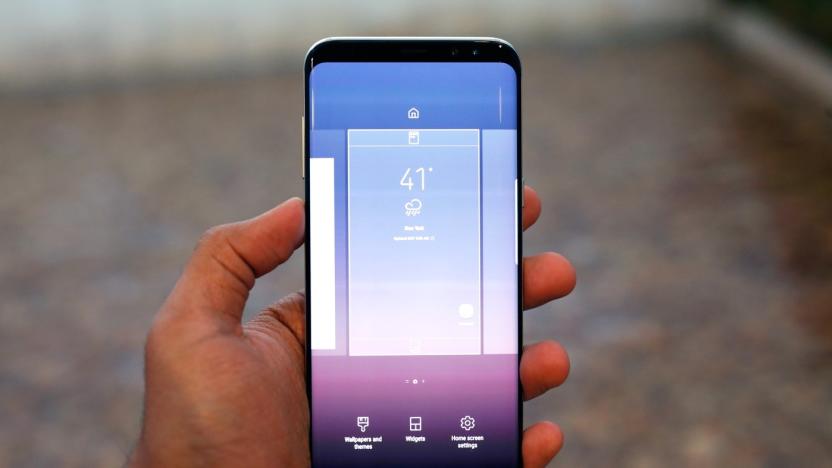
Samsung's Galaxy S8 UK pricing starts at £689
Samsung just unwrapped its latest flagship phone, the Galaxy S8, along with some all-important prices and release dates. If you live in the UK, here's what you need to know: The phone comes in two models, the S8 and S8+, and will be sold for £689 and £779 respectively. Both come with 64GB of storage as standard, so you just have to worry about the size and the color -- your options are black, silver, gold, blue or a purple-ish "orchid gray." The official release date is April 28th in Europe, however if you pre-order before April 19th there's a chance you'll get it up to eight days early.
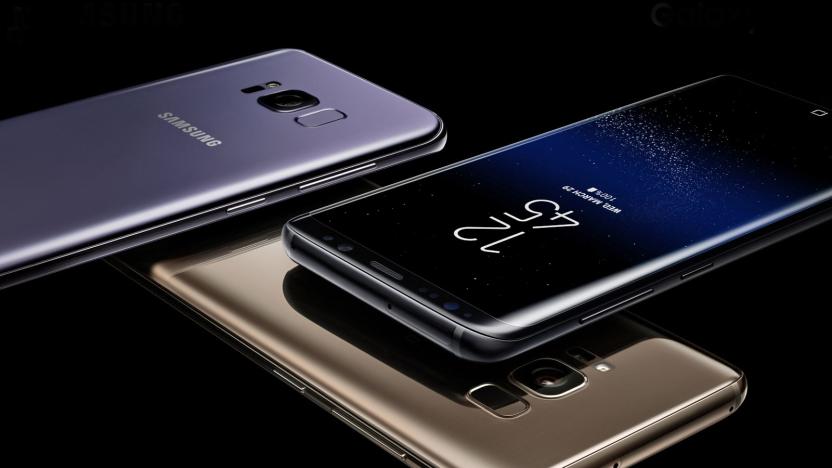
All the places you can buy the Galaxy S8 and S8+
If you're looking to make sure you're among the first to own Samsung's swanky new Galaxy S8 but don't want to line up outside a store on April 21st, you're in luck. Major and minor carriers alike have announced that they're running pre-order campaigns (with some hefty incentives) starting as early as tomorrow. Here's what each has planned:
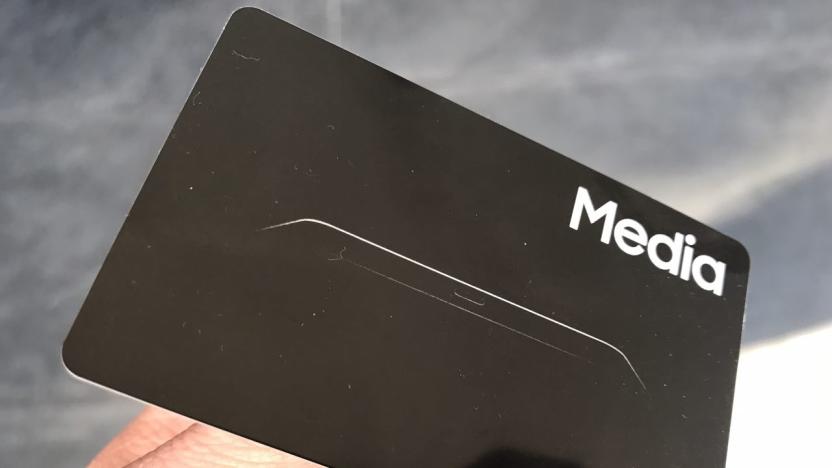
We're live at Samsung's MWC 2017 press conference
We're here in Barcelona, fingers lightly resting against our keyboards in anticipation. We know we're not seeing a flagship phone, but what could that mean? Maybe new tablets, which has always been a strong suit for the company. But nothing's ever guaranteed. Fortunately we're just about to find out, so keep checking back here for our liveblog kickoff at 1pm ET.

Catch our Samsung MWC 2017 liveblog here
Mobile World Congress is where Samsung usually unveils the latest member of the Galaxy S series. Not this year, though. Delays mean that the company's flagship phone will have to make its debut somewhere else. We do know they will be revealing something, however, and as usual there's a glitzy event to go along with it. Catch our liveblog right here at 1pm ET to find out what.
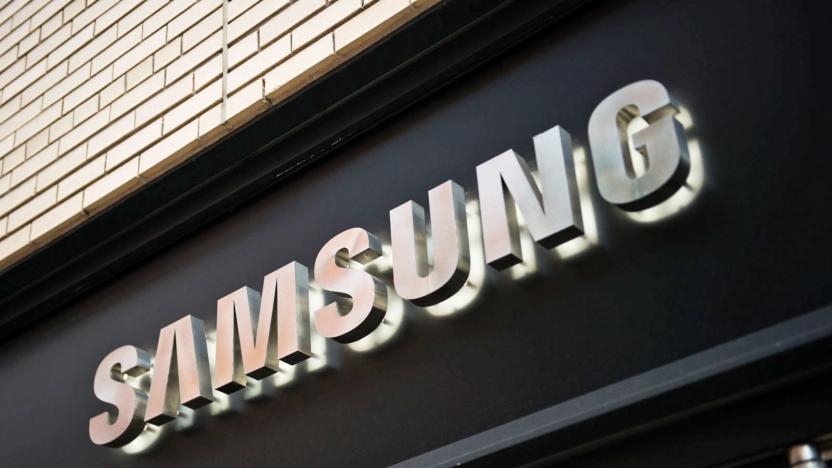
Samsung's Galaxy S8+ reportedly has a 6.2-inch display
Phone leaker extraordinaire Evan "Evleaks" Blass is back with another doozy. The VentureBeat reporter has published a mostly full spec sheet for Samsung's Galaxy S8+, an all but inevitable upgrade to last year's Galaxy S7 Edge. We're in rumor territory here, so take the following tidbits with a generous grain of salt. (Blass has a stellar track record, however.) The headline-grabbing component is a 6.2-inch display, which would dwarf even the (now sadly retired) Galaxy Note 7. That enormous, "Quad HD+" Super AMOLED panel should be helped by the phone's chassis, however, which has been shown to have super-slim bezels in previous leaks.

Gamma ray telescope spots ancient, intense black holes
NASA's Fermi gamma ray telescope has been working overtime, it seems. Scientists using the instrument have spotted extreme astronomical phenomenon both at the far edge of the universe and close to home. They've detected the farthest known blazars, or galaxies whose central black holes are so massive (over 1 million times the Sun's mass) that they emit extremely intense light in every spectrum, including gamma rays. The oldest example existed just 1.4 billion years after the Big Bang -- ancient compared to the previous record-setter, which was visible "just" 2.1 billion years after the birth of the universe.

Samsung can't use in-box warranty to kill Galaxy S4 lawsuit
Oh Samsung. When the company isn't busy recalling cellphones and washing machines for being safety hazards, it's busy fighting its customers in court. In 2015, Daniel Norcia contended that he was misled by Samsung about the capabilities of his Galaxy S4. Specifically, its speed, performance and memory capacity, according to Consumerist.

Astronomers photograph rare double ring galaxy
See those photos above? That's our first look at PGC 1000714, a galaxy 359 million light-years away from our planet that's unlike most of the galaxies we've observed before. While most galaxies we know are spirals like our own, PGC 1000714 is more similar to Hoag's Object that was discovered back in 1950. They're both ring galaxies characterized by a nucleus surrounded by a star-forming outer ring, except this one has two outer bands instead of one.
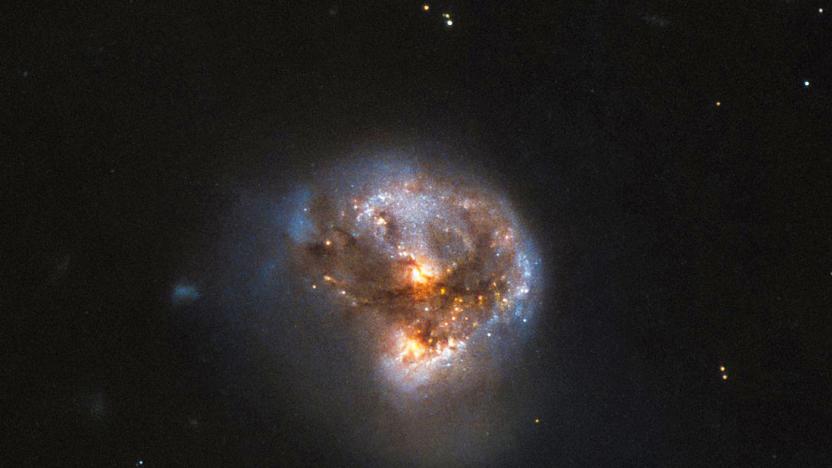
Hubble snaps a pic of a microwave-emitting galaxy
The Hubble telescope team is ending the year with a photo of an unusual galaxy, one that emits microwaves instead of visible light. See that image above? That's a snapshot of IRAS 16399-0937, a "megamaser" 370 million light-years away from Earth. Megamaser galaxies are intense and are around 100 million times brighter than the microwave-emitting areas -- or masers, found in star-forming regions -- of the Milky Way.
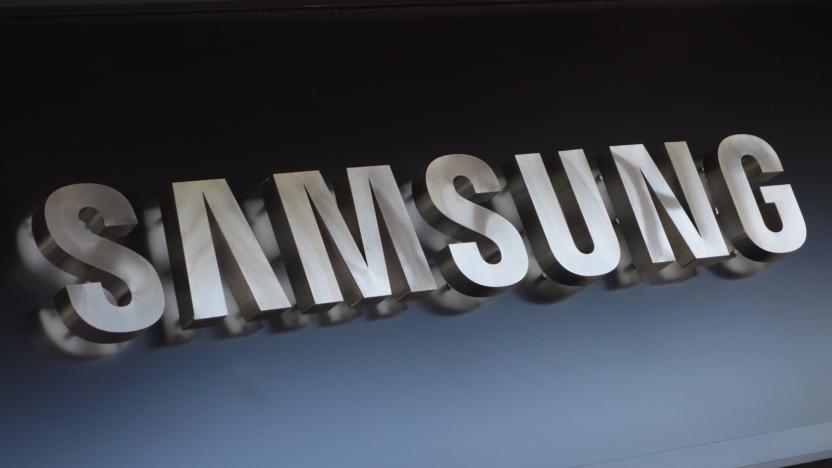
Samsung's Galaxy S8 might have a true edge-to-edge display
With the Galaxy Note 7 debacle weighing heavy on its balance sheet, Samsung needs the Galaxy S8 to be a massive success. It isn't expected to be unveiled for another few months, but already details are starting to emerge about what the flagship Android smartphone will offer. According to Bloomberg sources, the Galaxy S8 will include a new "all-screen design" and will not have a physical home button, with Samsung choosing to embed it under the display instead.










